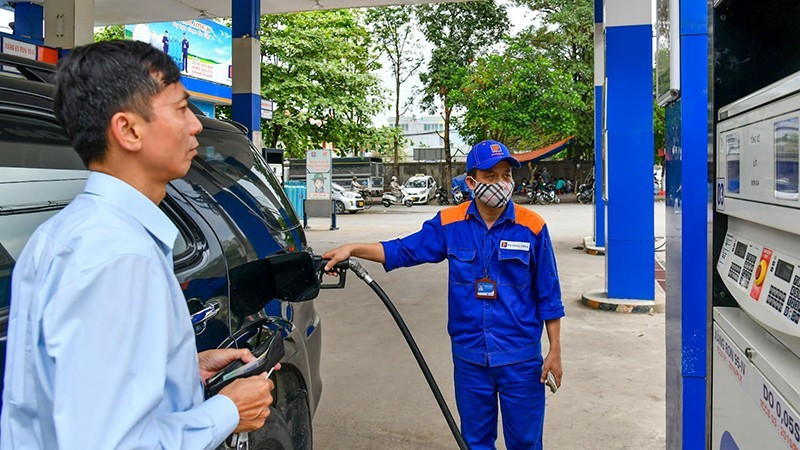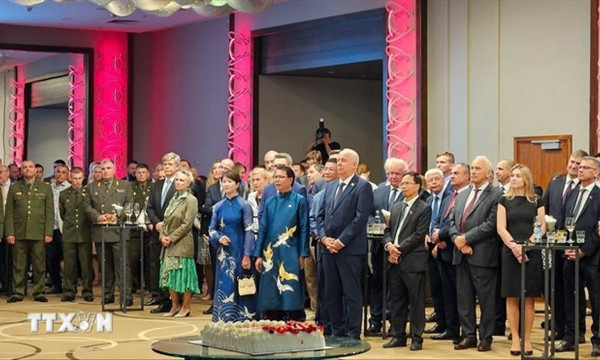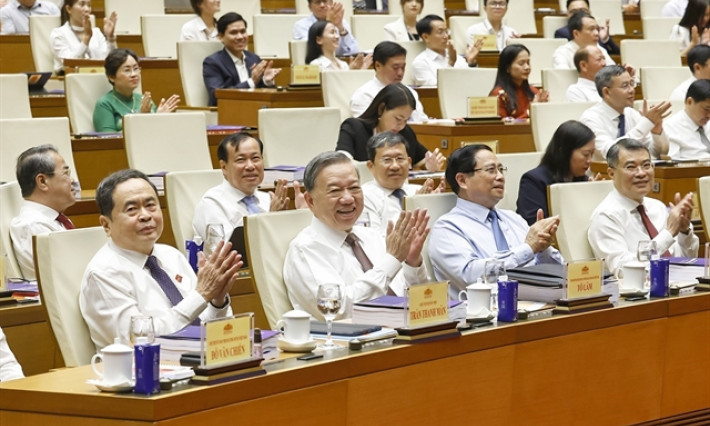Vietnam’s inflation continues to be kept in check
On the foundation of macroeconomic stability, the government has shifted its policy to prioritising economic growth in alignment with curbing inflation and ensuring the major balances of the economy. 
Higher global oil prices due to concerns over shortage in the short run, rising rice prices as a result of export bans by some countries, and increased house rent were the factors driving the August consumer price index (CPI) up by 0.88% against the previous month.
Downward inflation
Data released by the General Statistics Office (GSO) shows that the CPI in August edged up from July, however inflation has been contained at appropriate levels since the start of the year and is continuing its downward trend.
Specifically, compared to the same period last year, the CPI in January made the biggest gain at 4.89% and then dropped over the following months to 2% in June and 2.06% in July. The index rallied to 2.96% in August but was still lower than in the early months of the year. The average CPI in the first quarter rose 4.18%, while the respective figures for the first half and the first eight months of the year were 3.29% and 3.1%.
According to the GSO, the August CPI was mainly driven by housing rents and building materials, which rose by 6.65% from a year earlier as a result of rising cement, iron, steel and sand prices.
Food prices rose 3.04% due to increased demand during the festivals, while education costs soared by 7.28% as some localities began to raise tuition fees.
Conversely, reductions were seen in the prices of kerosene, cooking gas, and post and telecommunications prices.
The deceleration in the average CPI signals that the average CPI for the whole year is likely to be curbed at the target of 4.5%, landing within the scenario outlined by research organisations at the start of the year.
The Institute of Economics and Finance under the Ministry of Finance projected that inflation would peak in January and gradually fall to 3% by the end of the year, while the average inflation of 2023 would hover around 3.5%.
In its three growth scenarios for 2023, the Central Institute of Economic Management predicted that inflation could be 3.43%, 3.87% and 4.39% corresponding to economic growth rates of 5.34%, 5.72% and 6.46%.
But the GSO noted that core inflation in the first eight months of the year already reached 4.57%, which is much higher than the headline inflation (3.1%) and the figures during the same period in the years from 2019 to 2022. This is a challenge to monetary policy, which should be carried out proactively and flexibly to both curb inflation and spur economic growth.
Room for prioritising growth
According to calculations of the BIDV Training and Research Institute, Vietnam’s inflation in 2023 is expected to reach 3.5-4%, providing room for measures to bolster economic recovery and growth.
BIDV senior economist Can Van Luc said the grounds for such a statement are that the amount of money supplied to the economy remains low and the money circulation is slow, and it is not a cause for concern if it accelerates in the final months of the year.
He said “Many are wondering if Vietnam relaxes its monetary policy too soon, which can affect inflation and cause instability, but based on data on the money supply, money circulation and average prices, we think that there is no need to worry about inflation.”
Low inflation in the first half of the year is a favourable condition for the government’s regulation work. On the foundation of macroeconomic stability, the government has shifted its policy priority to bolstering economic growth in alignment with curbing inflation and ensuring the major balances of the economy. With this in mind, Vietnam has relaxed its monetary policy step by step by lowering interest rates to inject money into the economy.
To keep inflation within the target set by the National Assembly, the GSO recommended closely monitoring the developments of prices and inflation in the world and promptly issuing warning on the factors that affect domestic prices and inflation so as to take appropriate actions to ensure domestic supply and stabilise prices.
The government should continue to carry out its monetary policy in a proactive, flexible and prudent manner and combine it with fiscal policy and other macroeconomic policies to keep inflation in check and provide sufficient capital for the economy.






